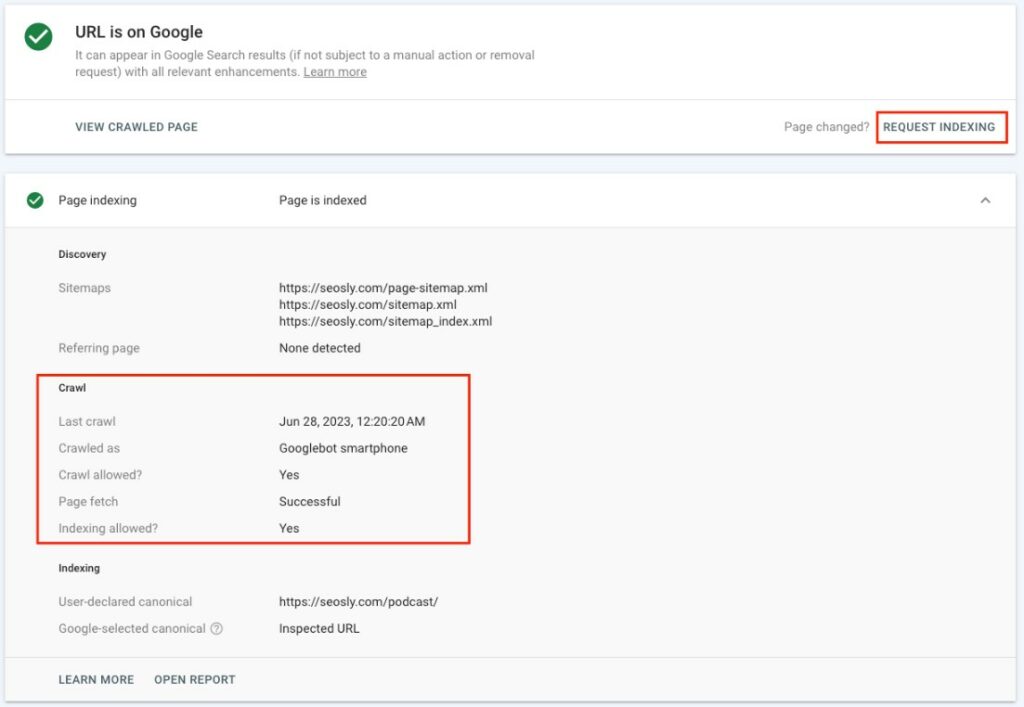If you’ve ever wondered why your latest blog post isn’t showing up on Google or why updates to your site aren’t immediately reflected in search results, you’ve probably asked yourself: how often does Google crawl a site?
Knowing the answer is crucial because Google’s crawling behavior impacts how quickly your content appears in search results, how your SEO efforts perform, and ultimately how much organic traffic you gain. In this post, we’ll dive deep into how often Google crawls a site, what influences crawling frequency, and how you can encourage more frequent crawls for better SEO performance.
What Does It Mean When Google “Crawls” Your Site?
Before answering how often does Google crawl a site, it’s important to understand what “crawling” actually means.
Crawling is the process where Google’s bots (also called Googlebot) systematically browse the web to find new or updated content. These bots navigate through pages, follow links, and add discovered pages to Google’s index, making them available in search results.
Without crawling, your site simply won’t appear on Google — no matter how good your content is.

So, How Often Does Google Crawl a Site?
There is no single, fixed timeline. How often does Google crawl a site depends on several factors, but here are general estimates:
- High-authority, frequently updated sites (e.g., news sites like CNN) – Crawled multiple times per day.
- Medium-traffic blogs and business sites – Crawled every few days to once a week.
- New or low-authority websites – Crawled once every few weeks or even less frequently.
- Inactive or poorly maintained sites – May be crawled very rarely or even ignored until activity resumes.
These are averages, and your individual experience can vary based on multiple factors outlined below.
What Factors Influence How Often Google Crawls a Site?
Understanding how often does Google crawl a site starts with knowing what affects Google’s crawl behavior:
- Website Authority and Popularity
- Higher authority websites (with many quality backlinks) get crawled more often.
- Popular websites with consistent traffic signal Google to check back frequently.
- Update Frequency
- If you publish new content regularly (blogs, products, pages), Google recognizes the pattern and increases crawl frequency.
- Site Structure and Internal Linking
- A clean and organized site structure with clear internal links makes it easier for Googlebot to navigate and prioritize pages for crawling.
- Server Performance
- Fast, reliable servers encourage Googlebot to crawl more often because the bots can quickly access content without issues.
- Sitemap and Robots.txt
- Submitting an updated XML sitemap and maintaining a proper robots.txt file guides Google on what pages to crawl, improving efficiency and frequency.
- Page Popularity
- Highly linked-to pages (either internally or externally) get crawled more frequently than isolated, low-traffic pages.
- Crawl Budget
- Google allocates a specific crawl budget to every site — the number of pages it will crawl within a given timeframe. Larger, authoritative sites have higher budgets.
How Can You Encourage Google to Crawl Your Site More Often?
If you’re concerned about how often does Google crawl a site, you can take these actions to increase crawl frequency:
- Regularly Publish Fresh Content
- Consistent updates show Google that your site is active and worth revisiting frequently.
- Improve Site Speed
- A fast-loading site helps Googlebot crawl more pages quickly, encouraging deeper and more regular crawls.
- Build High-Quality Backlinks
- More backlinks mean more entry points for Googlebot to discover and crawl your pages.
- Optimize Internal Linking
- Interlink your pages logically. Make sure important pages are easily reachable within a few clicks.
- Use Google Search Console
- Submit updated sitemaps.
- Use the “Request Indexing” feature after publishing or updating important pages for quicker crawling.
- Fix Crawl Errors
- Regularly monitor and fix crawl errors in Google Search Console. A healthy crawl report encourages better crawling behavior.

How to Check When Google Last Crawled Your Site
You can easily find out how often does Google crawl a site or a specific page by:
- Using Google Search Console:
Inspect any URL to see the Last Crawl date. - Checking Server Logs:
Analyze your server logs to track Googlebot visits (requires some technical knowledge). - Using “cache:” Search Operator:
Type:

into Google to view the cached version of your site and note the last crawl date.
Common Myths About Google’s Crawling Frequency
Myth 1: “Posting daily guarantees daily crawling.”
- Truth: Frequency helps but doesn’t guarantee immediate crawling. Quality and authority still matter.
Myth 2: “New websites are crawled every day.”
- Truth: New sites often have lower crawl priority unless heavily promoted.
Myth 3: “Paid ads increase crawl rates.”
- Truth: Google Ads campaigns do not directly influence organic crawling.
Conclusion
Understanding how often does Google crawl a site is crucial if you want better control over your SEO results.
Google’s crawling frequency isn’t random — it’s influenced by how well you maintain, update, and structure your website. By regularly adding fresh content, speeding up your website, building authority through backlinks, and staying active on Google Search Console, you can encourage more frequent crawls and get your updates indexed faster.
